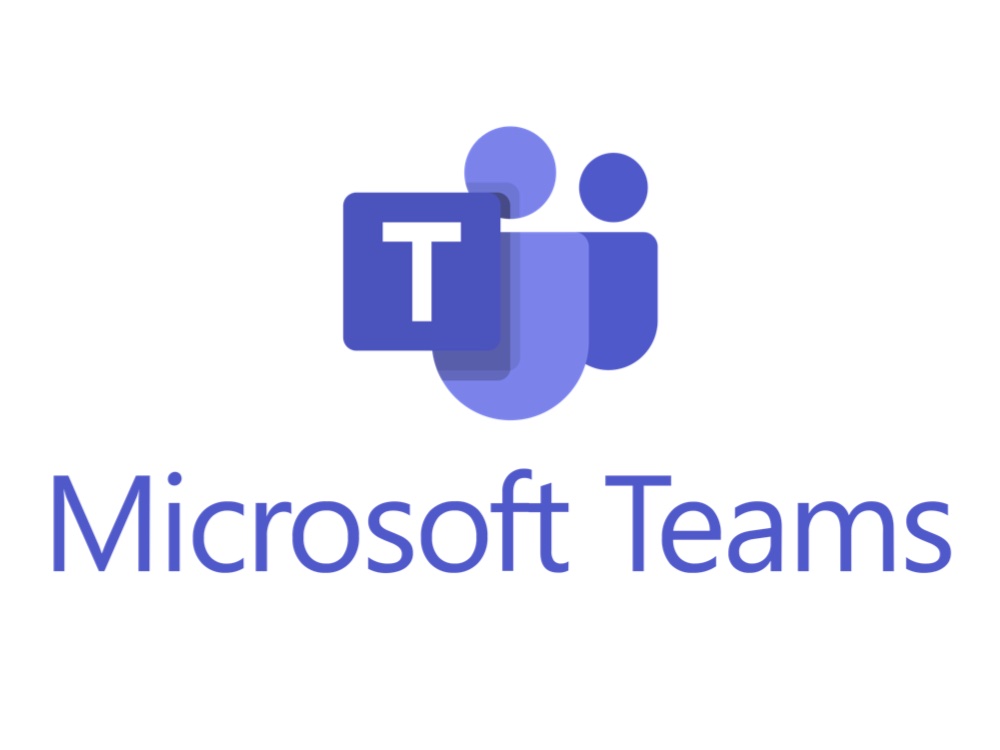ePLATFORMS
I’ve been working as an accountant for almost eight years in a small, entrepreneur-driven accounting firm. During this time, accounting has become more and more electronic and only a small number of my clients still send me accounting documents by paper. Nowadays, a company can choose an accountancy firm anywhere in Finland because there is no longer any need to deliver the material on the office’s premises.
A big part of the accounting software used by our customers works in such a way that all invoices are sent directly to the software in electronic form. If the supplier sends a paper invoice to the customer, it also goes into the system electronically via the scanning service, and the customer doesn’t have to do anything about it. Electronic accounting software is more expensive for the customer than traditional paper accounting software, but the electronic software saves a lot of time for the customer.
If you look back a few years ago, customers saw accounting as just a necessary evil that had to be done by law. In those days, they didn’t want to pay any more for it than they had to. So they often looked for the cheapest option. However, I feel that the development of accounting software means that clients are prepared to pay more as long as it is as easy for them to do things as possible. Clients are also looking for value for money, so the quality of the service provided by the accountancy firm is also very important to the client today. As accounting software is nowadays also used by customers, the client no longer sees accounting as an obligatory task, but as an important part of managing the finances of a company, and as a means of developing and growing the business.
The accounting software most often offered to our customers is called Fennoa. It is fully browser based and an application has also been developed to work on mobile devices. This allows entrepreneurs to manage the day-to-day finances of their business from the comfort of their office, wherever they are in the world. Fennoa covers all areas of a company’s finances, from sales invoicing to payroll. Fennoa is a software that is currently only available to accountancy firms, so a company can only get the software via an accountancy firm. Fennoa is built to be very simple to use and many of my clients have started using it independently from the beginning, even though we have organised training with them. Few have therefore needed any training to use the software. In addition, Fennoa has built a website with comprehensive and simple manuals and videos.
We use a few different applications and tools in our work, some of which I will describe in more detail below:

Whatsapp is an instant messaging app that allows users to send each other messages, pictures, videos, voice messages and files in real time. The app is free to use and only needs an internet connection. Almost all of our accountants already have a Whatsapp application that allows clients to send a message to their accountant. I myself downloaded the app because I had a few clients who were having difficulty sending me documents by email. So I downloaded Whatsapp to make it easy for clients to take a picture of a receipt on their mobile phone and send it to me. Today, many of my clients already use the app to send receipts. The problem with the app, however, is that if the accountant doesn’t immediately remember to transfer the receipt to the accounting software, it can be forgotten in the app.
Microsoft Teams

Microsoft Teams is an application that was originally created as a communication tool, but today it has so many additional features that it can be used for so many different things. Teams is actively used for internal communication in our organisation, but we also use it for a large part of our meetings with our customers. We’ve created common to-do lists for our organisation so that everyone knows what needs to be done at any given time. Teams syncs with our email application, making it easier to manage schedules and tasks. I’ve heard that many companies use Teams even more actively than we do, and that it shares a lot of different information within the organisation. I would like to see us become even more active users of the application, so that silent information can be shared more sensitively with everyone.
Next, I selected a few applications that we do not yet have in our organisation, but which would be potential applications for us to use:
Instagram is a free app for sharing photos and videos. You can be either a personal or business user. Our accounting firm could have its own Instagram page to give our business visibility and inform our clients about upcoming due dates for accounting and tax returns. As there is a big labour shortage in our field, and not many new graduates choose financial management as their educational direction, the work of the accounting firm and accountant should be made more visible. Visibility would help to make people realise that the job of an accountant is not as dry and boring as it sounds. In my opinion, the Finnish Tax Administration has been very successful in its Instagram marketing and has been able to communicate a positive image of its organisation. Instagram could also be used to work with our customers to publish our customers’ growth stories.
LinkedIn is a networking tool owned by Microsoft that acts a bit like a virtual CV. I haven’t joined LinkedIn yet, but I plan to open an account quite soon. I myself have not had the need to join because I have been satisfied with my current job. However, I feel that the application could be helpful in recruiting staff for our office. Right now, there is no information or stories about the career history of our company’s employees, so a job seeker cannot conclude how the company’s current staff is enjoying their jobs. If our information could be found on LinkedIn, our potential job seekers would see that the company has very low employee turnover, which creates a positive image of the company as an employer. Of course, LinkedIn could also provide me a new opportunities and career paths.
Todoist
Todoist is the world’s most popular to-do list and task management app. All of us in the our office still use the old traditional paper calendar to manage our work and leisure time. Sometimes, when you’re at home, you might notice that the calendar is at work and you can’t see next week’s schedule until you get back to work. So it would be great if you could use an app like this to manage the whole combo, and at the same time share tasks between family or colleagues.
Evernote
Evernote offers similar services like Todoist, but it specifically markets itself as a scheduler. This could be better suited to managing work and leisure as a whole than Todoist. Although I have not yet forgotten anything to do or schedule, I am still very stressed by the fear of forgetting something important.
Mobiilivarmenne
Mobiilivarmenne is a secure identifier that can be used to sign in to a number of online services. Mobiilivarmenne can be used instead of bank IDs. In our work today, we have to use our own personal bank IDs to log in to many different services. Mobiilivarmenne could be more secure to use than bank IDs. Mobiilivarmenne would also be more secure than traditional passwords because they are a two-step authentication process, with a further confirmation of the login via mobile phone.
Successful use of digital applications
When a new application is put to use, for example in the workplace, the whole organisation needs to be committed to the deployment. Some applications can take years to deploy, while others can be fully exploited in as few as a week. Below is a list of the elements of a successful use:
– Engaging staff/customers in the application
- Explain the reasons why this application is a good one to use
- Explain what the aims of the application are
- Explain the benefits to staff/customers of using the application
– Comprehensive training of staff in the use of the application
– Follow-up of the use of the application
- What problems are encountered
- Have the objectives of the application been achieved?
- Is the application being actively used
– If there are serious problems or gaps in the use of the application, need to have the courage give up using this application
Self-evaluation
In this section, it was nice to learn about new applications that I hadn’t heard of yet. Especially this Todoist and Evernote apps really caught my interest. I will probably have to get to know the apps more and think about whether I could really use these for everyday management. For a busy life, an app that would allow me and my family to keep track of everyone’s daily schedule and know where everyone is going would be perfect. In this section I was also reminded again of the existence of Linkedin and that I should create an account there soon, as I have been thinking about it for a long time. Maybe I’ll do it in the next weeks.
This section was a reminder of how much the world already offers in the way of tools for work and leisure. It is just an unfortunate fact that the introduction of new applications, especially in the workplace, is quite laborious and needs a lot of commitment from management, staff and customers.
Leave a Reply